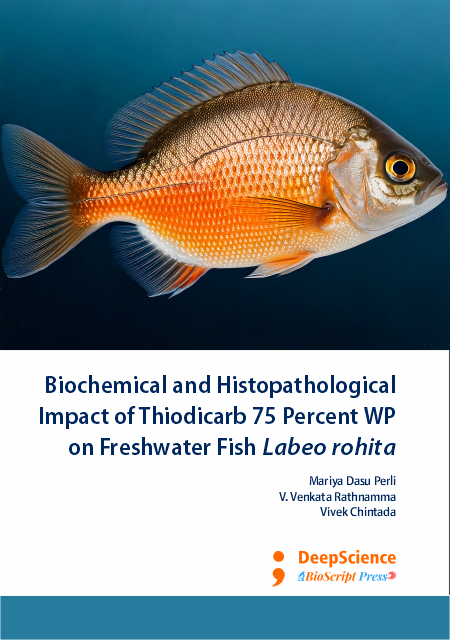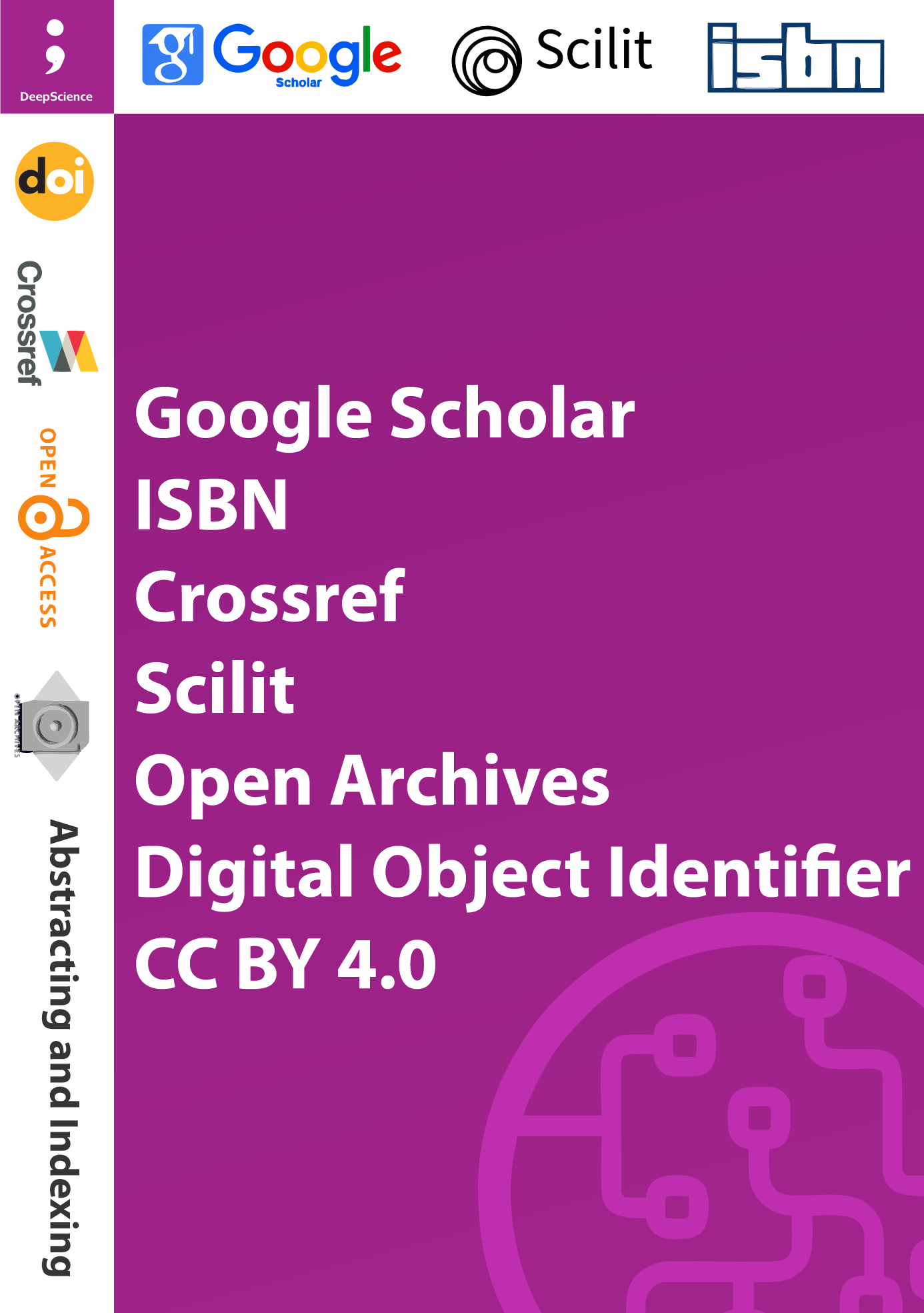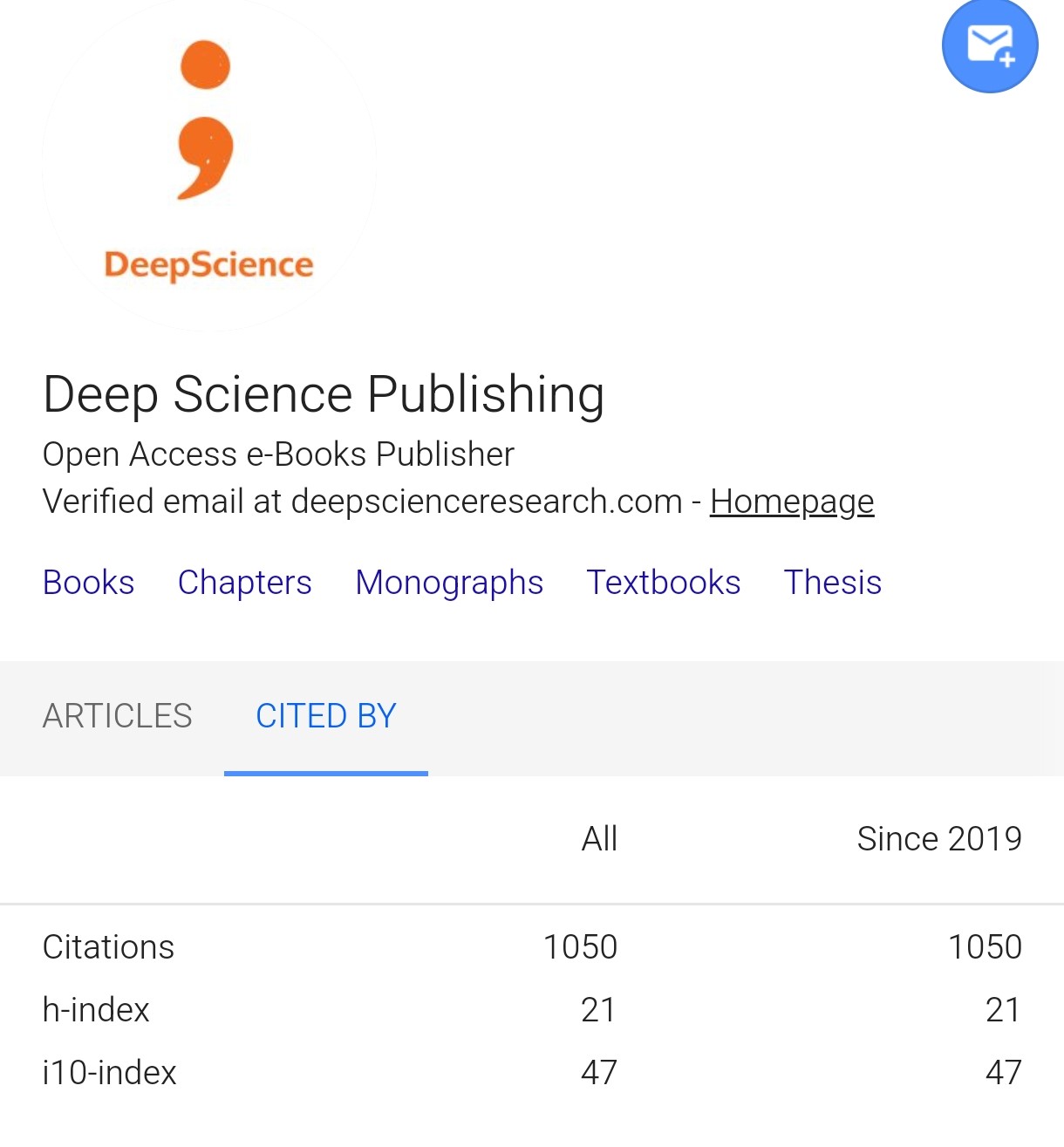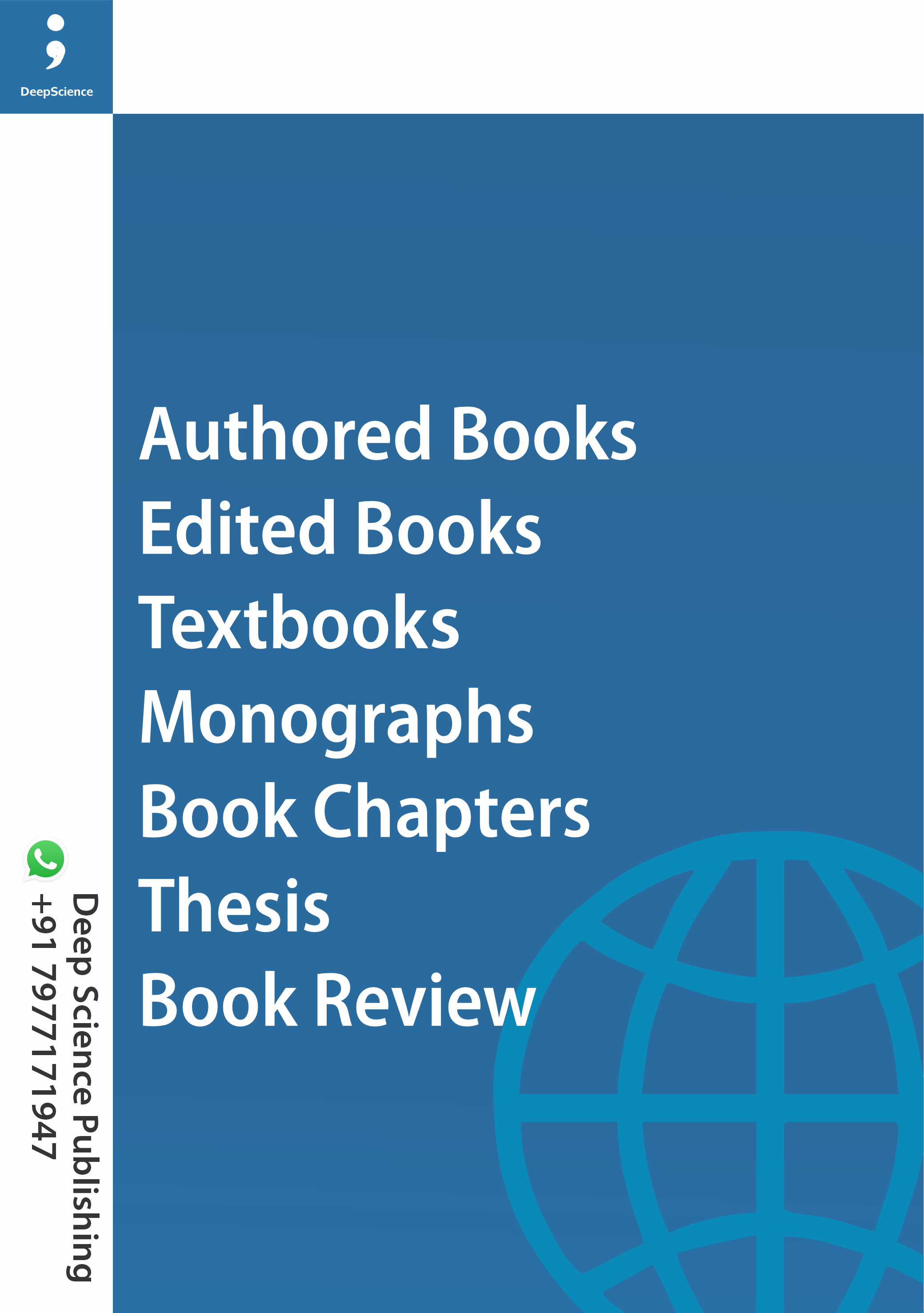Biochemical and Histopathological Impact of Thiodicarb 75 Percent WP on Freshwater Fish Labeo rohita
Keywords:
Thiodicarb, Labeo rohita, Freshwater fish, Pesticide toxicity, Biochemical changes, Histopathology, Aquatic toxicology, BioaccumulationSynopsis
The rapid industrialization and modern agricultural practices that have driven the indiscriminate use of pesticides stem from the pressing need to meet the food demands of a burgeoning global population. However, this approach has led to substantial losses in global food production each year due to pest and pathogen infestations. In India alone, crop losses amount to a staggering Rs.25,000 crores annually. Unfortunately, measures to boost agricultural output, such as intensified pesticide application and monoculture cropping, have only worsened pest problems both in terms of quantity and quality. The surge in pesticide consumption worldwide reached 3,02,000 metric tonnes in 1976 and peaked at 2,00,000 tonnes in India by 2000. Between 1945 and 1980, three main families of chemicals dominated agricultural pest control: organochlorines, organophosphates, and carbamates. Following the decline of organochlorine insecticides in the 1970s, organophosphates, carbamates, and synthetic pyrethroids gained prominence due to their broader insecticidal spectrum and decreased persistence in the environment. Notably, carbamate pesticides like carbaryl, which was introduced in 1956, have been widely used worldwide due to their efficiency, low toxicity to mammals, and broad-spectrum pest control capabilities.
In India, the widespread adoption of thiodicarb, a commonly used carbamate insecticide, has become prevalent in both agriculture and aquaculture sectors. The expansion of aquaculture practices, particularly in regions like Andhra Pradesh, has led to increased pesticide usage on fish farms that were once irrigation lands, potentially endangering non-target organisms. While research on pesticide contamination impacts abroad is more extensive, there is a critical need for studies investigating the effects of pesticides like Thiodicarb on commercially significant fish species such as Labeo rohita in India. This thesis is structured into seven comprehensive chapters, each dedicated to exploring different facets of how the pesticide thiodicarb impacts the freshwater fish species Labeo rohita. From introducing the history and chemistry of thiodicarb to delving into its toxicological effects on fish tissues and bioaccumulation in various organs, each chapter contributes to a holistic understanding of the consequences of pesticide exposure on aquatic ecosystems. By examining physiological, biochemical, and histological changes in Labeo rohita after exposure to thiodicarb, this research aims to shed light on the broader implications of pesticide use on aquatic biodiversity and ecosystem health.













